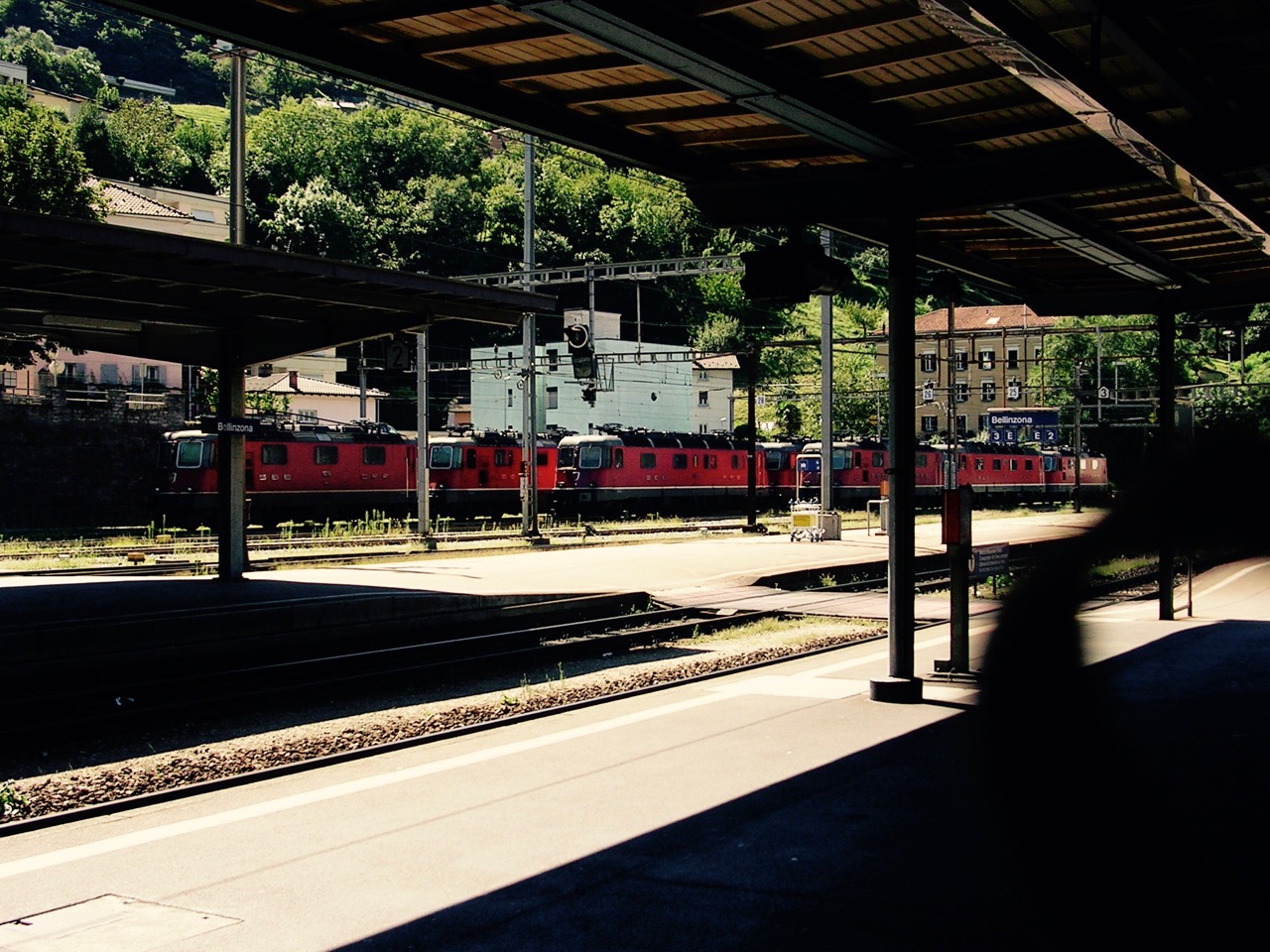So, you’re looking to go InterRailing on a budget, but you’re not sure how to make the most of your money? In this post, we’ll look at five tips to get the most out of a small budget when it comes to choosing where to visit, how to travel, and how to make the best use of your InterRail pass.
Plan your travel days wisely
InterRail tickets come in different varieties based on the number of travel days you need. The more expensive ones allow you to travel each day, while the cheaper ones offer only a set number of travel days within a longer period.
The latter is by far the best choice for anyone InterRailing on a budget. Consider that you’re unlikely to want to – or need to – take the train each day, so why should you pay for travel on every single day of the trip? By planning to stay in each city for several days at a time, you’ll have more fun without the feeling of being constantly rushed to move on or feeling exhausted from spending all your time travelling.
Another handy trick to remember is the 7pm rule for night trains. If your train departs after 7pm and arrives the following morning, that only counts as one travel day on the day of arrival – not the day you depart. This means you can travel for longer on the same ticket, or downgrade to an InterRail pass with less travel days for a fairly significant saving. Plus, you won’t need to pay for a hostel that night, meaning night trains are a very cost effective way to travel!
Don’t reserve seats
Booking a seat on a train does save hassle, but comes with additional costs. Unless you absolutely must be on a particular train, don’t worry about reserving seats. Even on popular routes, the train is unlikely to fill up completely, so it really isn’t necessary.
In fact, nearly all of the routes I travelled on during my InterRail trip last summer with non-compulsory reservations had spare seats, despite being in the high season, so you’re still likely to get the train you want. The only exception in my experience was the Budapest to Vienna RailJet which was packed out for the first leg of the journey, but unless you’re particularly adverse to standing, this is a great way to shave off a few euros per train off the cost of your journey.
Avoid the TGV in France
The only caveat with not reserving seats is that some trains require them, and can be expensive! In fact, all high speed services in France require mandatory seat reservations, and are pricey at that, adding around €15-30 to your travel costs per train. Not only does this include all TGVs, but also Thalys services to The Netherlands and ICE trains from Paris to Frankfurt.
The only real way to avoid a hefty reservation fee like this is to just avoid high speed trains in France all together. There are still conventional express trains criss-crossing France, so it is still possible to get around, though prepare to make more changes along the way, and for it to take much longer.
Don’t go to Scandinavia
…Unless you’re from another Scandinavian country. Here, people earn some of the highest wages on average in the world so in response, the cost of living is extremely expensive too. Restaurants, hotels, even supermarkets are expensive. In Oslo you can expect to pay around €12 for a pint of beer!
As a result your money won’t go very far in Norway, Sweden, Denmark or Finland, so you might want to cut short your stay in these countries if you’re on a tight budget – or maybe skip them out completely!
Just stick to Eastern Europe
For the InterRailer on a budget, nothing beats central and eastern Europe. Almost any former eastern-bloc country tends to be much cheaper than the West, and with good rail links, there are countless routes you can take. Trains in the east may be slower than the high speed trains in the West, but at least there are no extortionate seat reservation fees.
It might be cheap, but you won’t miss out on having a good time, as some of the best cities in Europe happen to be in the East. Why not head to Berlin for it’s incredible clubbing scene? Budapest for it’s ruin bars? Or Prague for it’s history and architecture? In each of these cities, prices are lower than many Western capitals. In fact, Budapest turned out to be one of the cheapest in Europe, according to a study by The Telegraph!
What are your money saving tips?
Got some tips you’d want to add for keeping your InterRailing on a budget? Share them in the comments below!

